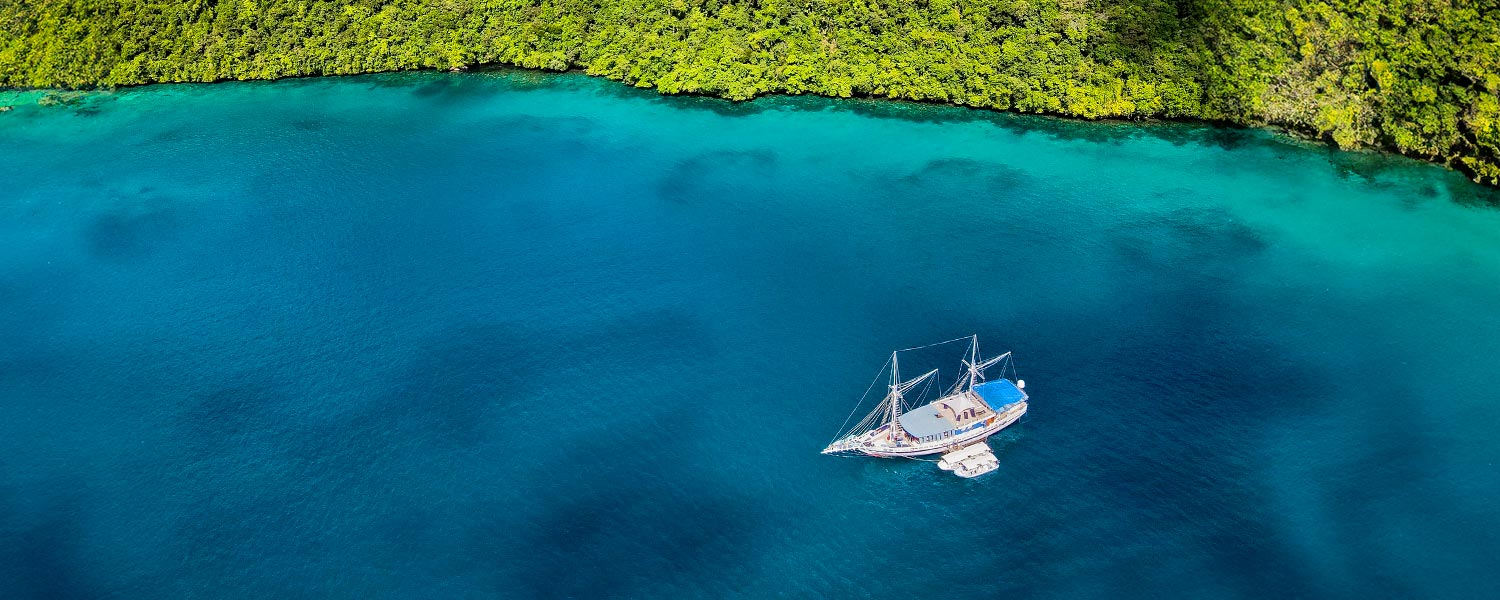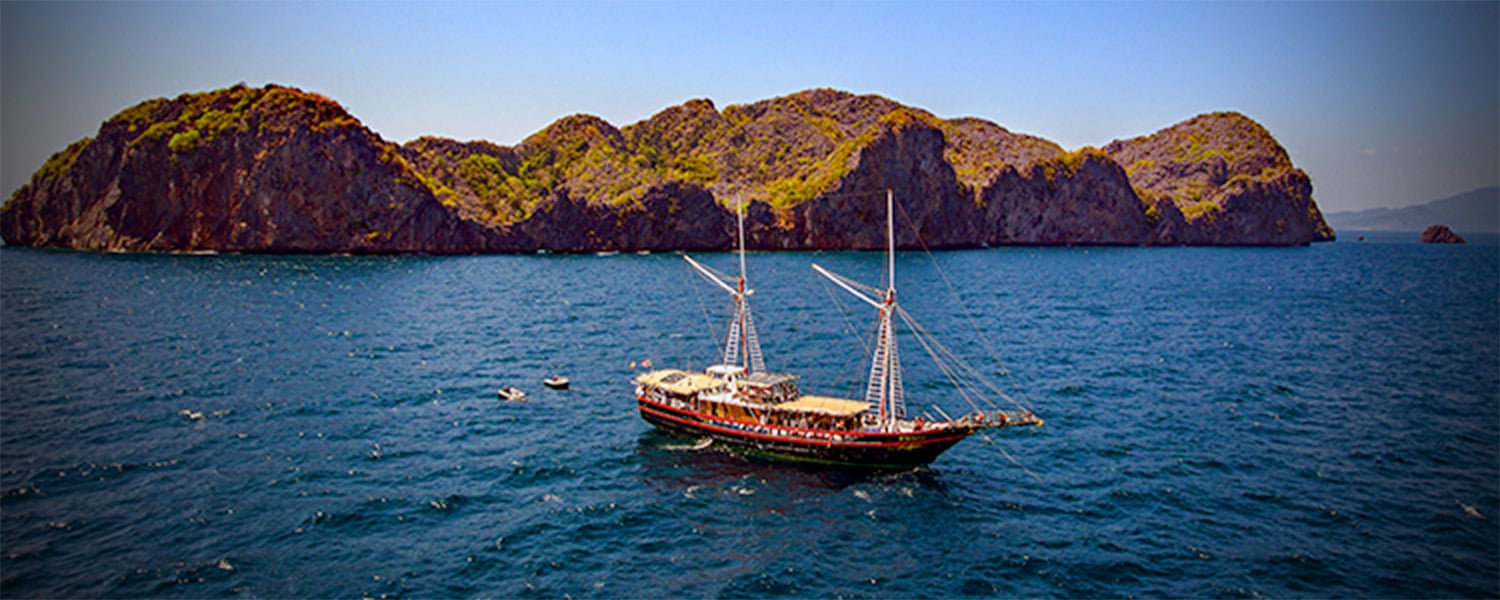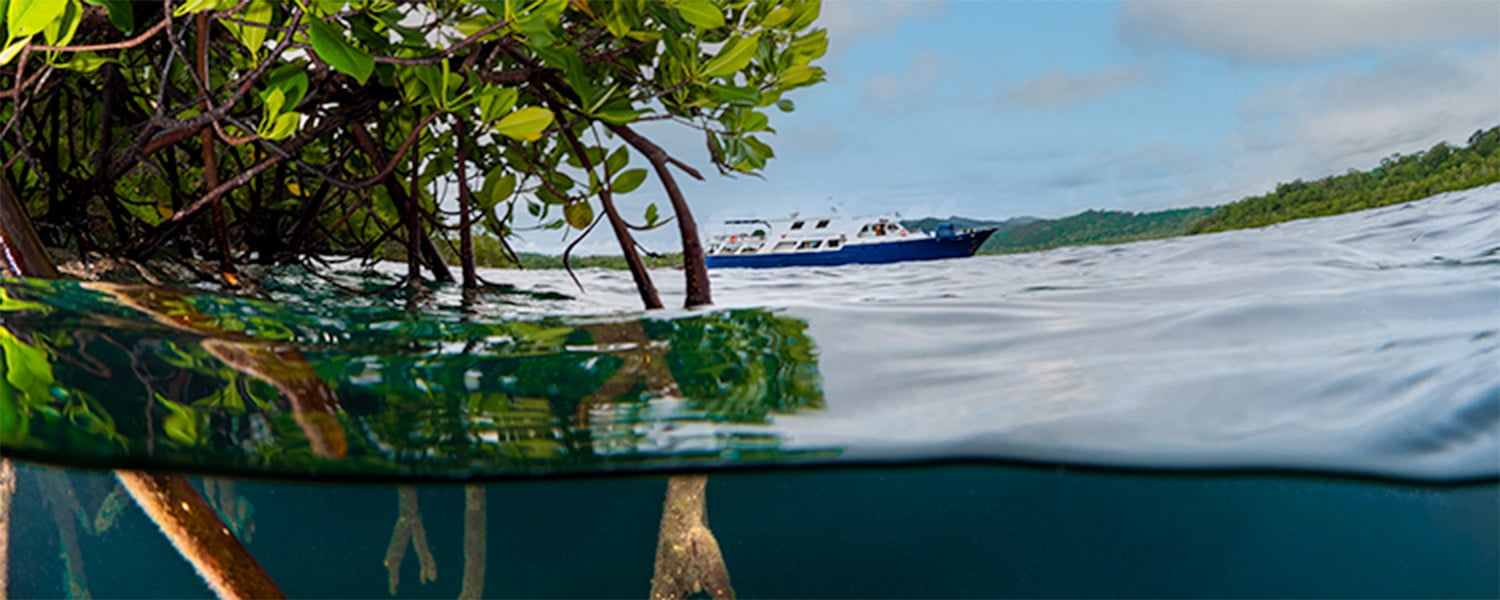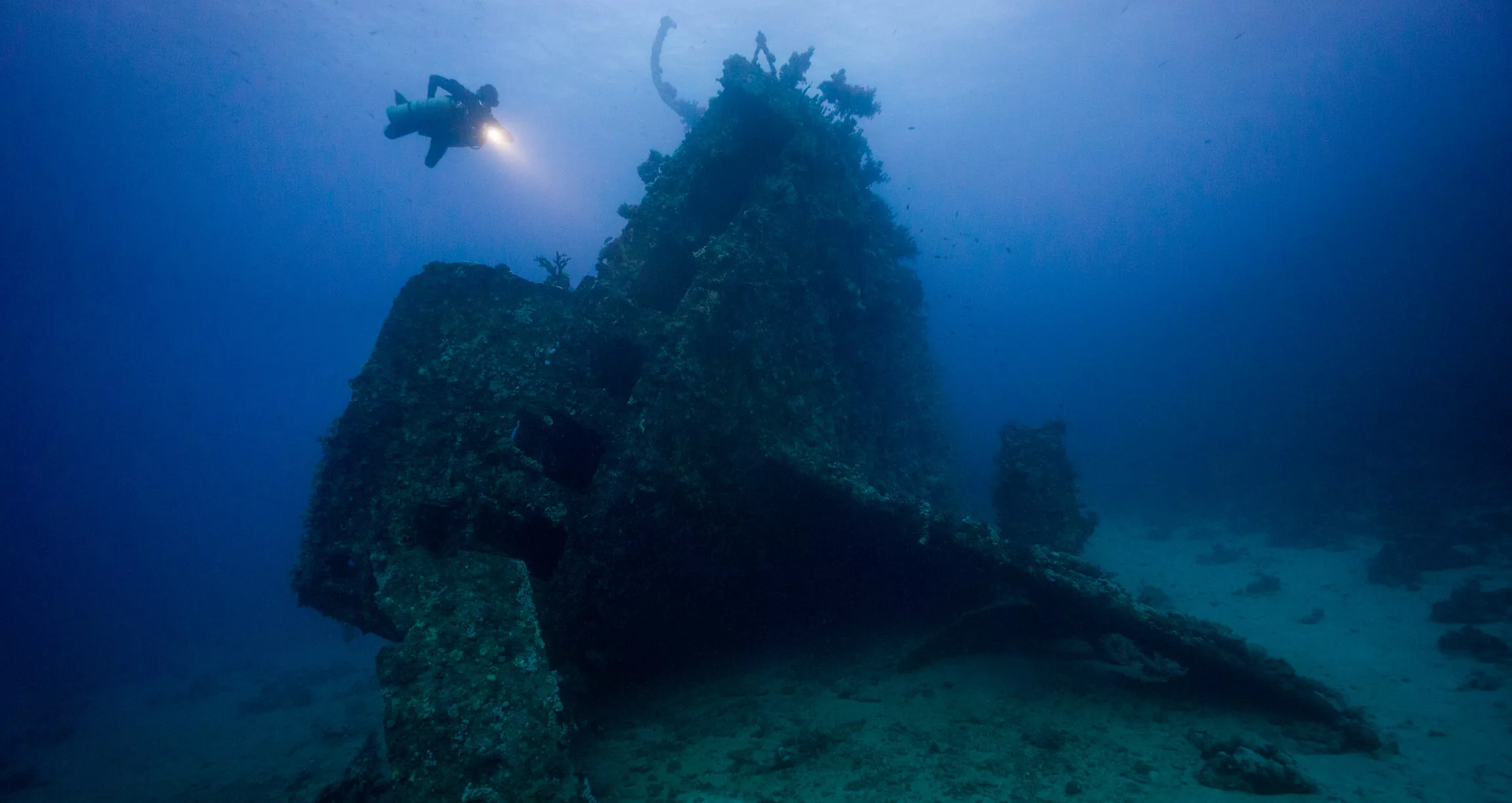The more you know about each wreck in Truk Lagoon, the more you will get out of your dives. In a series of articles around the specific wrecks in the lagoon we will give you a little extra history. In this edition, the San Francisco Maru.
Quick facts

| LENGTH | 117 meters |
| GROSS TONNAGE | 5864 tons |
| DEPTH AT THE BOTTOM | 62 meters |
| DEPTH MAIN DECK | 50 meters |
| DEPTH AT SHALLOWEST POINT | 34 meters |
| ACCESSIBILITY | technical divers |
One Of Many
The San Francisco Maru may now be one of the stand out wrecks of Truk Lagoon, but at birth she was far from being unique. Her keel was laid on 5th January 1919 by the Kawaski Dockyard Co., Ltd in Kobe. She entered service only a little over 2 months later as one of 75 identical passenger-cargo ships built between 1916 and 1920.
This type of ship are that common that they are known as “Kawasaki stock boats”. They all had “place” names such as England Maru, San Diego Maru, France Maru, Glasgow Maru, Brazil Maru etc.. You may think the Rio De Janeiro Maru (another of Truk’s famous wreck) came from that stock? But no!
While 2 months might seem quick, it is in fact more than twice as long as the record. Kawasaki were able to build the stock boats in as little as 30 days!
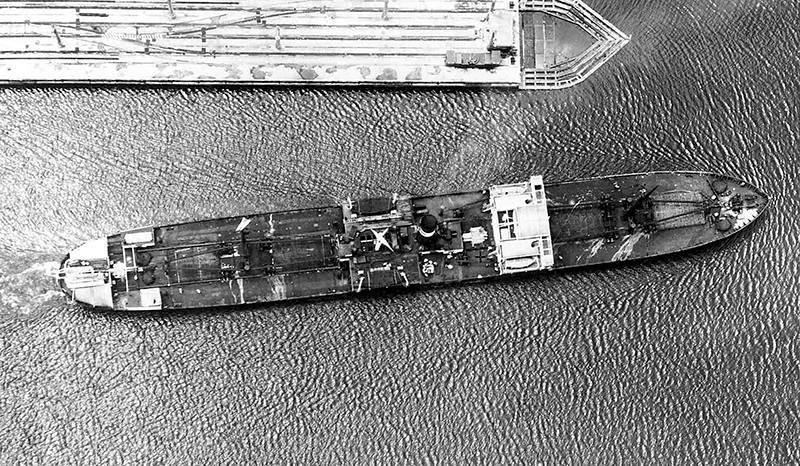
The “San Fran” (as everyone calls her) plied her trade from launch, visiting flung shores such as Freemantle, Australia and Ellis Island, New York. The Imperial Japanese Army (IJA) requisitioned it in the 1930s. During that service, there is not much record of where it went or what it did.
On 20th January 1942, the IJA released it back to its owners. Happy days! Except that the Imperial Japanese Navy (IJN)re-requestioned it again on the same day…

Quiet Navy Service
Once in the service of the IJN, San Francisco Maru was designated as an Ippan Choyosen B-AK. This essentially means that she was not enlisted and so a civilian crew operated her. The B-AK marked her out as a general transport vessel.
Since 25th January 1942, she carried out cruises largely between Japan and conquered or annexed nations in the south and west Pacific. Lots of familiar destinations pop up on her manifests including Truk, Palau, Palau, Kwajelein, Bougainville, and Rabaul…to name only a few.
During this time she was largely unscathed. The only record of notable damage was in Wewak, New Guinea. She suffered some minor damage from attacking aircraft on the 4th May. The IJN did not conduct any major repairs until July though.
The vessel continued her transport throughout the Pacific until February 1944.

Operation Hailstone
The San Francisco Maru arrived in Truk Lagoon on the 4th February from Yokosuka via Saipan. Presumably the crew were already tense after being persistently tracked for most of the journey by a submarine. Other members of the convoy departed Truk on 12th February. However the San Fran stayed on anchor South-East of Dublon Island.
Of course, on 17th February, Task Force 58 launched Operation Hailstone, attacking the 4th fleet anchorage. Waves of aircraft from USS Essex, USS Yorktown, and USS BBunker Hill attacked every few hours. Though suffering some damages, it survived day 1 of Operation Hailstone.
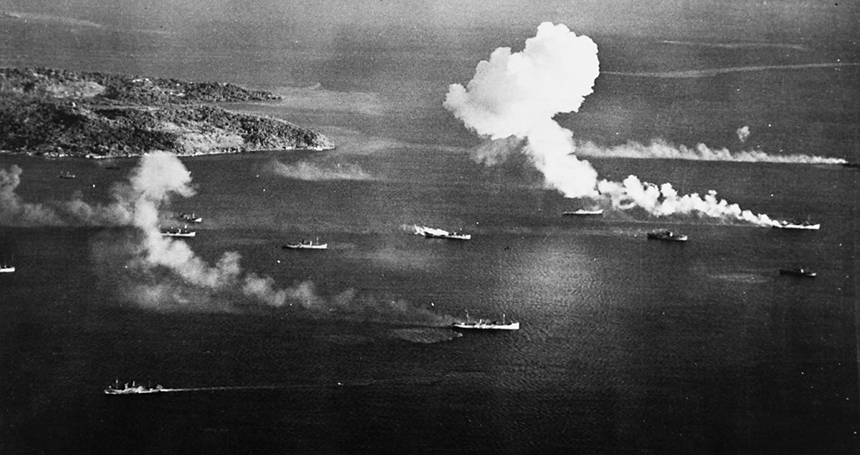
The attacks continued on 18th February. During the attacks, a TBF Avenger from USS Essex scored a hit on the vessel. It dropped a 500 pound bomb midship. This proved too much and the San Francisco Maru burnt and sank stern first along with five of her crew.
Diving the San Francisco Maru
The San Francisco wreck is a one of the signature wrecks of Truk Lagoon! In 1969, Jaques Cousteau discovered her and documented her in the famous episode “Lagoon of Lost Ships“. In 1973, a fathometer survey relocated her again and after divers retrieved her bell, the wreck was officially confirmed as the San Francisco Maru. She since has been one of Truk’s favourite and divers nicknamed her the “Million Dollar Wreck”, speculating at the value of the military cargo aboard.
The wreck is so interesting that you could easily do several dives. Especially with the depths the ship is resting at, you need to realise that you can not see it entirely in one dive.
Main deck
The masts are normally what you will notice first on this wreck. Still standing up proudly after all this time! This is quite a sight! After this first surprise, you will reach the main deck. And this is when the fun will start!
Scattered on the deck, you will find a lot of very interesting artifacts. The most noteworthy are two light tanks and a flatbed truck. The 2 Japanese light type 95 Ha-Go tanks are on top of each other, on the forward deck. This is mostly due to the explosions the ship suffered. It is discombobulating to think the forces needed to lift a 7.5 ton tank.

At the bow, you will find a single 3″ gun mounted on a platform. It looks ready to be used.

Swim away from the wreck and you will be able to see some surprising debris on the sea floor. Two trucks and the famous steam roller are resting at 62m. They most probably came loose from the deck or during the sinking.

Lastly, the bridge area is fairly intact with three decks. The crew quarters contain dishes, bottles and cups. Around this area, you will spot the collapsed funnel and the evidences of the bomb damage that caused the ship to sink.
The holds
The holds are what makes this wreck the “million-dollar” wreck.
Hold No. 1
The cargo hold no. 1 (most forward one) is often the favourite of our divers. It contains sea mines and their detonators and detonator horns in boxes. Over the decades, unfortunately, many of the stacked sea mines have been removed by locals. Local fishermen use them for dynamite fishing. What remains though is a spectacular sight. This hold also contains coils of cable, shells, ammunition and bomb.

Hold No. 2
The cargo hold no. 2 contains several tanker trucks and a single flatbed truck. You can also find aircraft parts and barrels of fuel.

Hold No. 3
The cargo hold no. 3 is located behind the smoke stack and after the superstructure. Inside the hold is a Type 94 truck.
Hold No. 4
The cargo hold no. 4 is the furthest to the rear. You can find there depth charges, mines and crates of ammunition, as well as torpedoes. Some of the torpedoes are Type 93 torpedoes of which were little examples remain nowadays. In this hold, you will also be able to see the hull damages. The San Fran sank from her stern.
Marine life
Strangely, the San Fran does not feature a lot of marine life. This is a stark difference to other wrecks you will in the lagoon. It might be due to its depth or place of sinking. The result is that the wreck looks like a real ship and it is very easy to imagine what she must have looked over 75 years ago.

The short version is, if you only dive this wreck on your cruise, your trip to Truk is worth it!
For more information about diving the San Francisco Maru, and other shipwrecks of Truk Lagoon, please contact us. Alternatively, if you need to see the San Francisco Maru right now, you can book online, 24/7.
